Onat Kibaroğlu is a PhD candidate at the Southeast Asian Studies Department of National University of Singapore, researching the genealogy and impact of ride-sharing apps as a form of urban infrastructure across Indonesia.
If there is one sight that has become increasingly unavoidable in Southeast Asia over the past decade, it’s the green-clad riders of Grab buzzing across the region’s urban settings.
That rapidly expanding buzz, however, has been largely halted as Covid-19 has, for the most part, stolen the momentum generated by the trailblazing company.
The region’s largest urban mobility platform has suffered a double-pronged hit from the pandemic: a huge drop in demand for taxi-rides as daily commutes are disrupted due to widespread lockdowns and an avoidance of shared mobility, as well as a liquidity crunch in capital markets threatening potential investment supplies.
Grab made the most of the 2010s, an era which saw the unabated emergence of the ‘sharing economy’, yet the 2020s could see the unravelling of its core business model as ride-sharing may prove a hard-sell during a pandemic. A prolonged downturn for the urban mobility sector would not only have severe financial implications for Grab, but also notable societal and political ones, given the firm’s particular status in its home country Singapore.
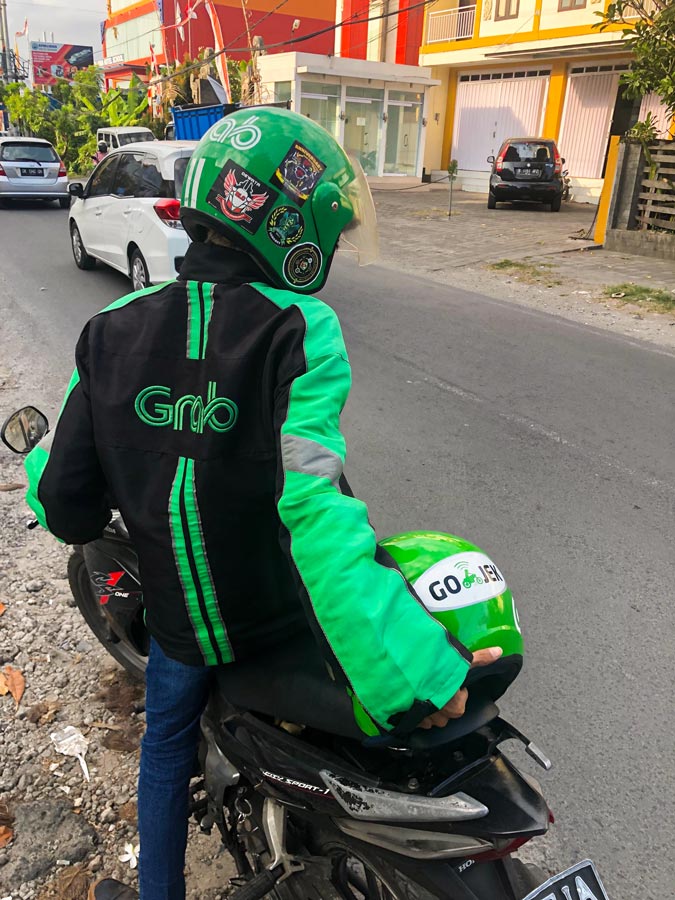
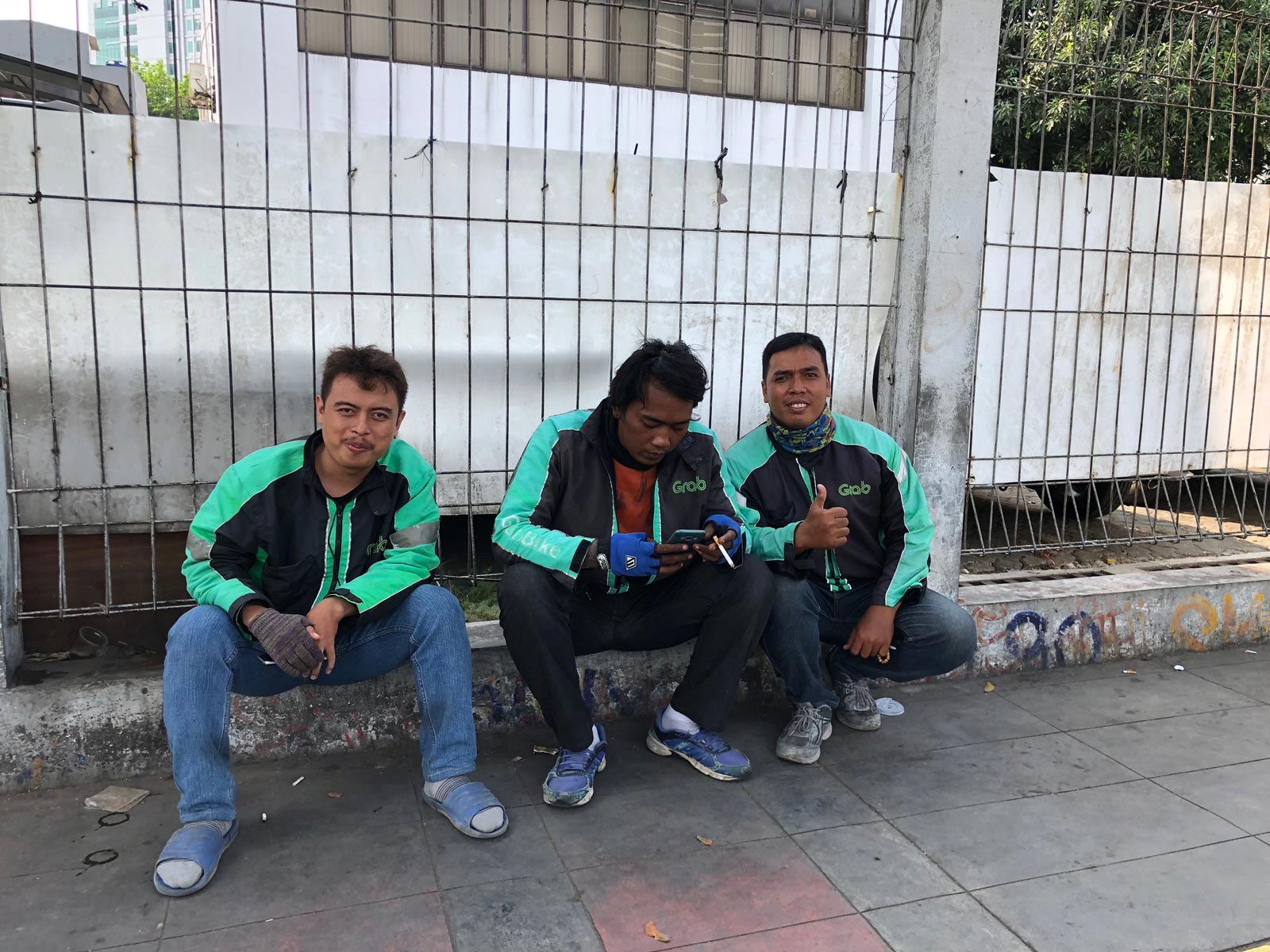
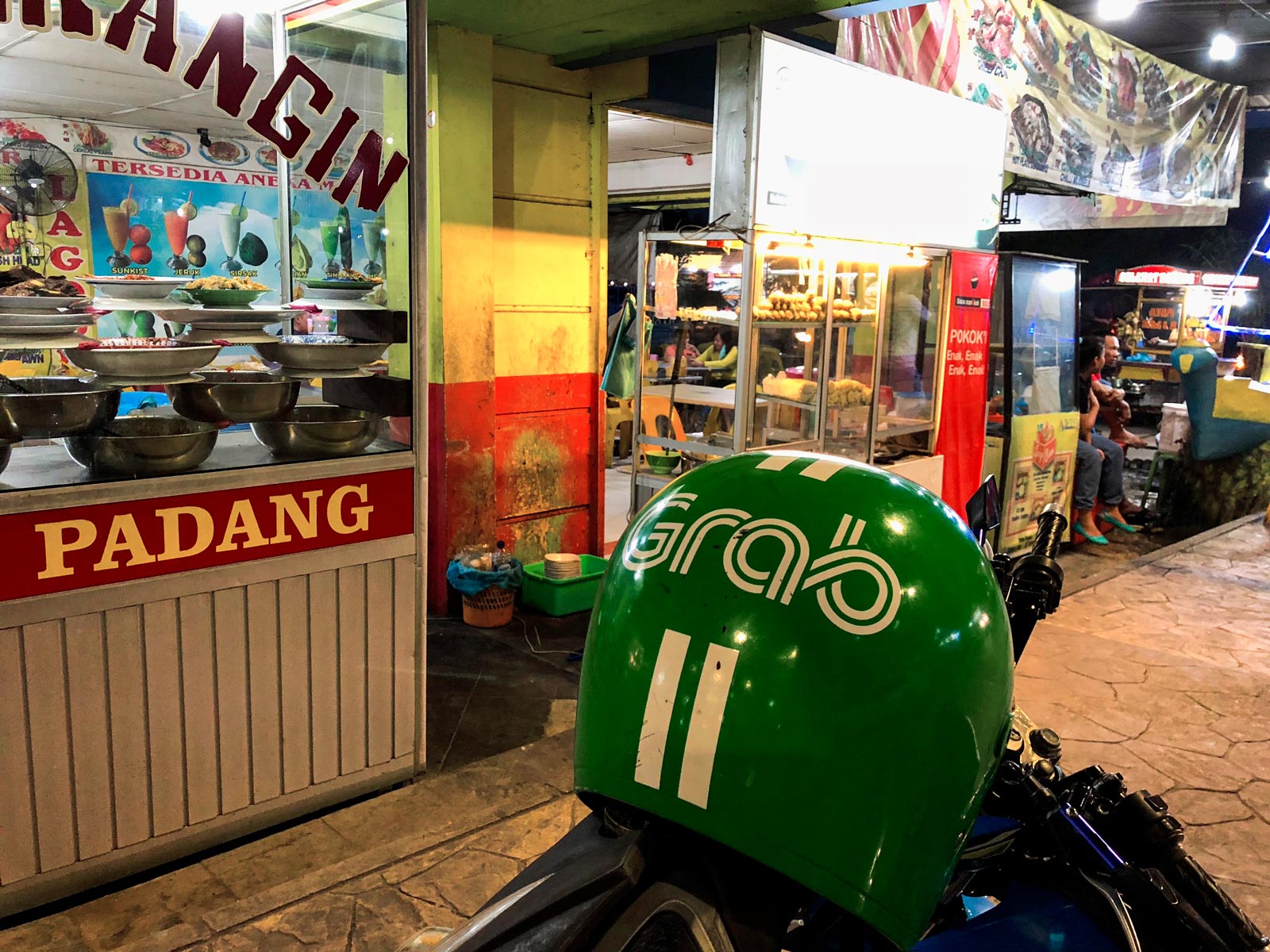
Since its inception in 2012, Singapore-based company Grab has not churned out a single dollar of profit
As a regular fixture on the streets of Southeast Asia and the local brand that kicked Uber out of the region in 2018, Grab has been the flagbearer of local technology champions in Singapore during recent years and is often displayed by the city-state’s policy makers as an inspirational model for up-and-coming startups in the region.
The chief catalyst for the urban mobility platform’s rapid expansion across Southeast Asia has been the immense amount of investment it has obtained over the past eight years, stacking up to more than US$10 billion. A serious chunk of this cash was chiefly sourced from venture capital firms and sovereign wealth funds such as the Singaporean government’s investment unit, Temasek. This investment has ramped up exponentially in sheer numbers in the last two years, making Grab the region’s first decacorn (a startup valued at over US$10 billion) and the most valuable Southeast Asian startup as of 2020.
But 2020 might very well prove to be the harshest era in recorded global economic history and Grab is still dependent on attracting investment to continue its existence. Since its inception in 2012, the Singapore-based company has not churned out a single dollar of profit. Though it does claim to be profitable in some ‘verticals’, such as food delivery, Grab has yet to publicly explain how much, when and where it earns profit in precise terms.
The pandemic has severely hit its ride-hailing model and the drying up of financial liquidity in 2020 seems to have come too early for Grab to reach its long-awaited apex of profitability. Indeed, eight years and US$10 billion in, Grab seems farther than ever from that point.
So what happens if it suddenly fails?
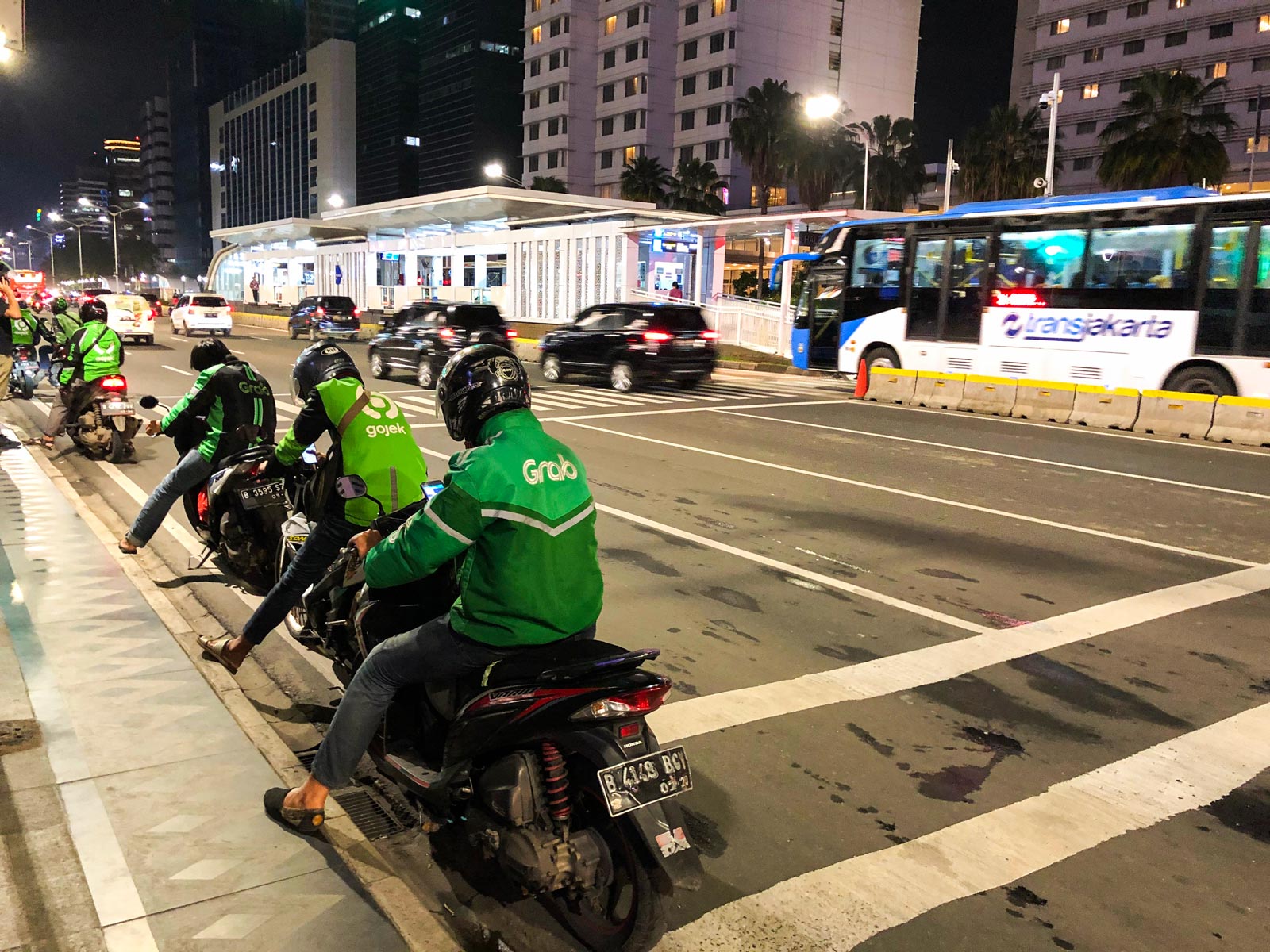
During the month of May, Grab claimed it will not be able to continue supporting its drivers with commission rebates if Singapore’s social distancing circuit-breaker mode went beyond 1 June.
The circuit-breaker did finish on that date, yet the company remains in deep waters financially, as it recently laid off 5% of its white collar workers during mid-June and furloughed many others over the last months.
Food-delivery, which saw a temporary boom in the lockdown days, allowed the company to make the most of the Covid-era, but Grab’s Singapore Head recently admitted the revenue coming in from that vertical is not enough to cover the loss in the ride-hailing department. A recovery back to normal, thus, will not necessarily translate to a recovery towards a healthy financial standing for Grab, as its distorted unit economics – in which it makes a loss per customer – is the key reason for its chronic unprofitability.
For the most part, perhaps excluding some verticals, Grab loses money on each ride and delivery. This bizarre way of operating a for-profit, capitalist enterprise is mainly due to its heavy expenditure on marketing and driver subsidies to entice its users and drivers to find each other for a trip, outweighing the amount of revenue it makes for facilitating that ride.
Offering drivers attractive sign-up incentives of up-front bonuses and more, Grab put expansion before profitability in its grand strategy and has been in the red for its entire existence – losing $100 million during the year of 2018 alone according to Bloomberg’s intelligence unit – thus, Covid is not to blame for a loss-ridden 2020.
As Covid-19 rages on through the region, especially in Grab’s largest market Indonesia, it is difficult to discern how the firm will be able to persuade its users to take more rides and spend more for each, all the while pouring less cash into marketing. These are painful, yet indispensable, adjustments if it hopes to churn out profits which would validate the financial projections of its shareholders, such as Temasek.
A key rationale for sovereign wealth funds such as Singapore’s to venture into platform-based technology companies as a stakeholder was the widespread conviction during the mid-2010s that such companies may have serious costs to build, but will start bringing in massive profits at a certain point in the future, outweighing initial investment.
Will the state-ventured enterprise Grab be able to live on to tell its story of how it dealt with the historic blow of Covid-19 and became profitable? Only time will show
That said, purely financial gains were never the only aspiration the Singaporean policy makers held for Grab. The excitement surrounding Grab as a world-leader technology company beating Uber at its own game became a source of national pride in its home-base Singapore, where its headquarters moved in 2014 from Kuala Lumpur. The Singaporean government, which has for decades made a point to promote national technology champions, has been remarkably supportive of Grab both in terms of financing, but importantly also in allowing regulatory comfort for an otherwise controversial business-model.
Platform economy models are always controversial to begin with, as they fall in grey areas within the existing regulatory frameworks. Some businesses either get a tacit allowance from the government to run in de facto mode (Grab is illegal in Indonesia, on paper), open-up new avenues of labour laws and regulations (as Uber is actively pursuing across the world), or simply get regulated-out of business (many European countries do not allow ride-sharing).
Grab might seem ubiquitous in Singapore now, but its presence was a contentious issue between 2016-2018 as the government needed to protect thousands of local taxi drivers (the issue is mostly settled now as Grab has since recruited most of them). In contrast, Singapore’s rigid and sticky regulatory environment can be seen in bans on Airbnb and bike-sharing – the former completely banned from the city-state to protect its delicate housing prices and ownership schemes, and the latter regulated-out because it was deemed an eyesore in ultra-clean Singapore.
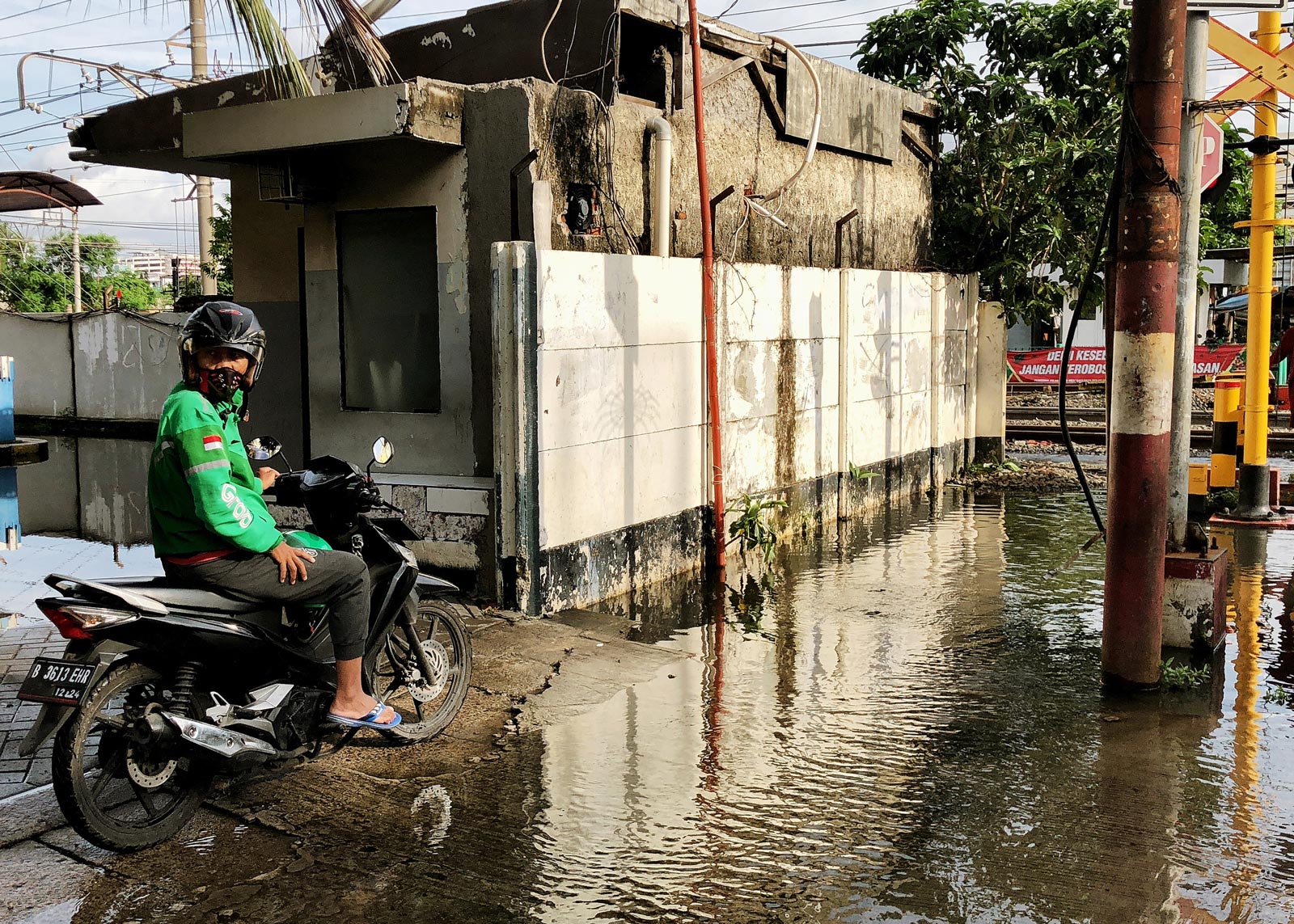

Therefore, old-fashioned trade-oriented terminology such as ‘midwife’ and ‘husbandry’ turn out to be rather inept in describing multinational, billion-dollar-valued, smartphone-based platforms with millions of region-wide users. In such a context, the term State Ventured Enterprise (SVE) would perhaps be a more apt concept to work with in discussions on the development of national technology firms, like in the case of Singapore and Grab.
A reimagined version of the old-fashioned ‘state-owned enterprise’, an SVE is a technology company such as Grab that is subsidised by governmental institutions, such as Temasek, through vital early stage investment and regulatory relief. SVE is essentially a short-hand description of the contemporary trend of governments’ willingness to not only take on large costs in developing national champions of technology – but also whether they are to reap the financial rewards of such investments.
As enticing as it may seem at first glance, it is a developmental model which still has a lot to prove in terms of effectiveness over a sustained amount of time. The eventual fate of Grab could very well confirm how sound the policy switch of not wholly owning national champions, but instead venturing into them, may be.
So will the archetypal state-ventured enterprise of Singapore, Grab, be able to live on to tell its story of how it dealt with the historic blow of Covid-19 and became profitable soon after? Only time will show.
If it indeed does not, as it seems right now, the underlying premise for choosing a national technology champion to ‘drive Singapore forward’ may require some rethinking.


